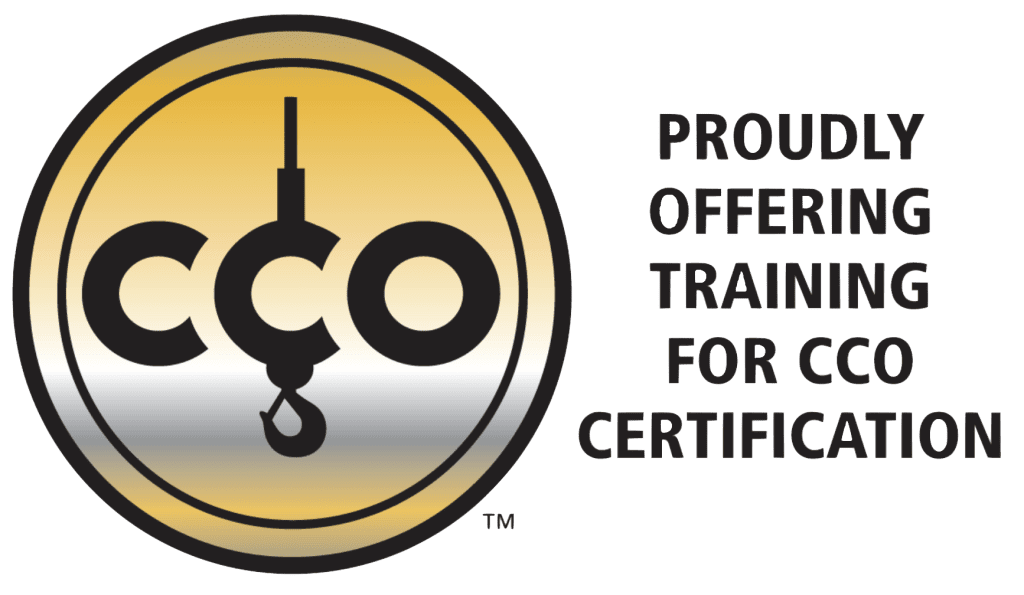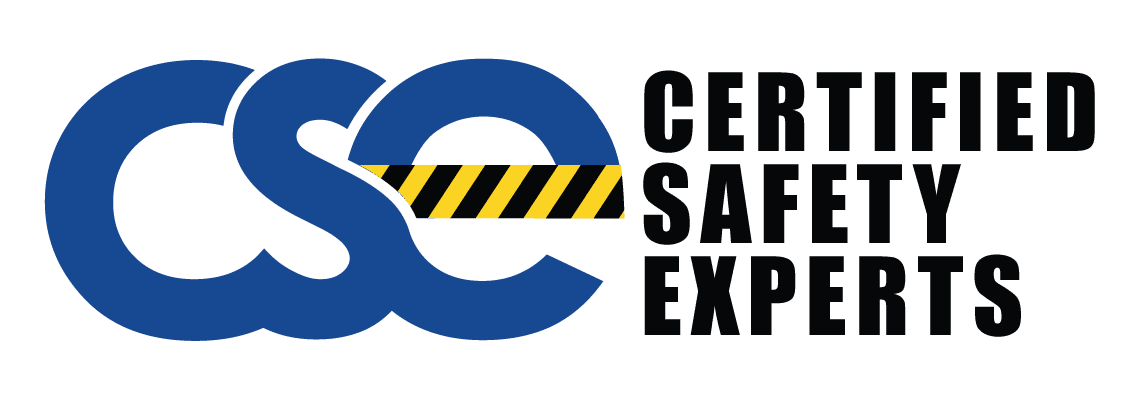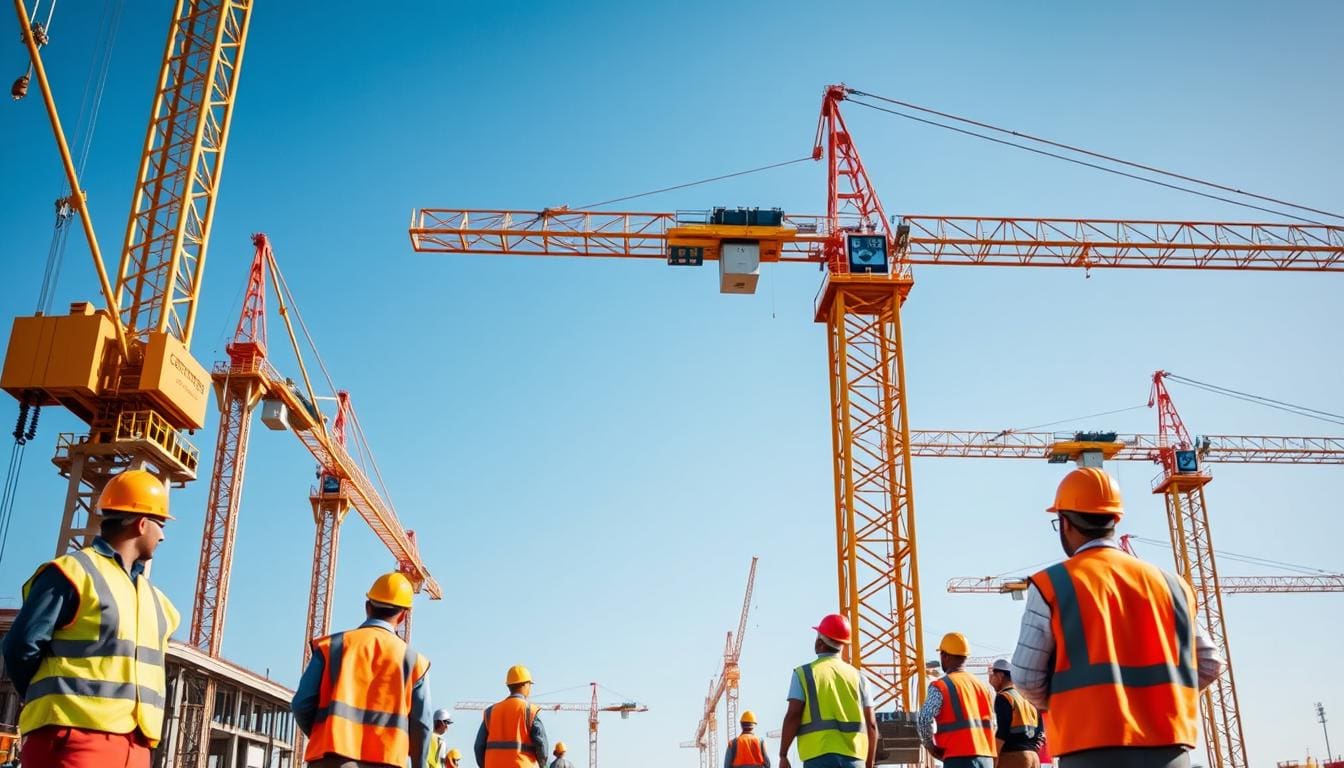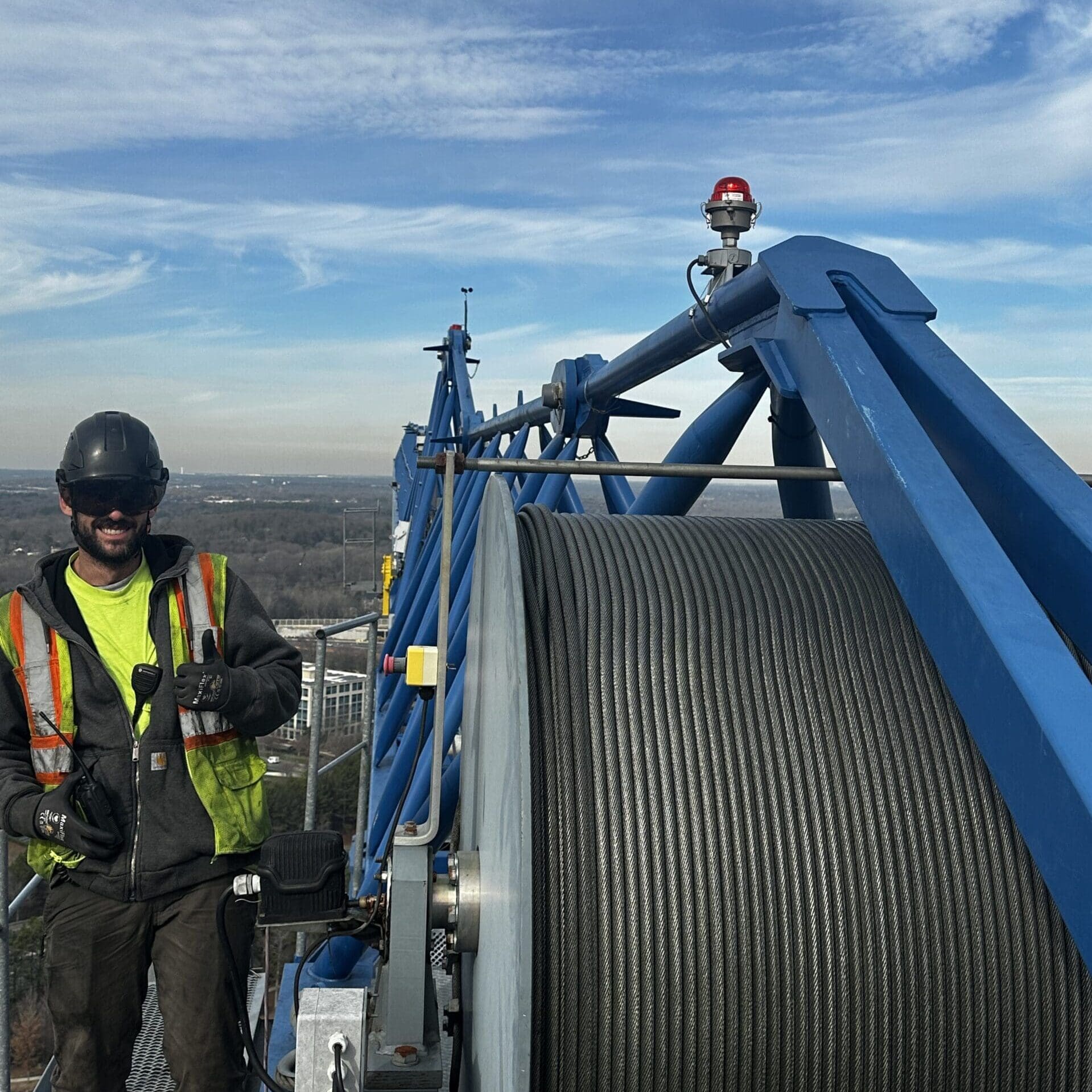Have you ever thought about how crucial crane safety inspections are? They help prevent major accidents on construction sites. In a world filled with complex machinery, following safety standards is key. It’s not just about following rules; it’s about saving lives.
Cranes are key to many big construction projects. But, they can be risky if not kept in good shape. That’s why regular crane safety checks are a must. They help avoid costly delays and keep the worksite safe.
These inspections cut down the chance of deadly accidents and reduce economic losses. They are essential for any safety plan. Let’s explore why these checks are vital for keeping the worksite safe and meeting strict safety rules.
Key Takeaways
- Cranes are crucial but risky tools in construction, highlighting the need for regular safety checks.
- Following safety standards not only meets legal requirements but also saves lives and cuts down on costs.
- Regular inspections lower the chance of equipment failures that cause downtime.
- Sticking to safety rules boosts overall worksite security, making workers and stakeholders feel more secure.
- Inspections make sure cranes work right, preventing accidents and keeping the worksite running smoothly.
Understanding Crane Safety Inspections
Keeping heavy lifting equipment safe is crucial in fields like construction and manufacturing. Regular crane safety checks are key to keeping cranes running well. These checks help avoid accidents and keep work moving smoothly.
Importance of Regular Inspections
It’s vital to check cranes often to spot dangers and make sure everything works right. These checks can find problems early, saving money and time. By focusing on safety, we make work safer for everyone.
Types of Cranes Requiring Inspections
Crane inspections vary by their use and design:
- Tower Cranes: Need checks every day and at set times because they’re so tall and carry heavy loads.
- Mobile Cranes: Get checked often, especially before moving and after setting up at a new site.
- Overhead Cranes: Must be inspected to work well in places like warehouses, focusing on lifting parts and the runway.
Each crane type needs special attention to certain parts. Training crane operators helps them know what to check.
Regulatory Compliance and Standards
Following the rules is a must. Companies must follow OSHA, ANSI, and other rules. These groups set clear guidelines for checking cranes, making sure they’re safe.
Using these safety standards in daily work helps with compliance. It also builds a safety-focused culture among workers and maintenance teams.
OSHA Crane Inspection Requirements
Following OSHA crane inspection rules is key for keeping construction sites safe and legal. This part explains the standards set by the Occupational Safety and Health Administration (OSHA) for crane checks.
Overview of OSHA Standards
OSHA has strict rules for crane inspections to keep workplaces safe. These rules cover the crane’s mechanical state, how well it works, and the safety of the area. Following these rules helps prevent accidents and meet federal laws.
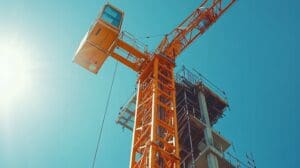
Frequency of Inspections
OSHA says how often cranes need to be checked depends on their type and use. There are daily, monthly, and yearly inspections. Daily checks are done by the crane operator and focus on how it works. Monthly checks are deeper and need a trained inspector.
Yearly checks are the most detailed and done by experts to make sure everything meets OSHA rules.
Documentation and Record Keeping
Keeping good records is key to following OSHA crane inspection rules. You must keep detailed records of each check, like the date, type of check, who did it, and what was found. These records help with legal matters and keep track of maintenance and repairs. They make cranes safer and more reliable.
Creating a Comprehensive Mobile Crane Inspection Checklist
Ensuring mobile cranes are safe and reliable needs a detailed inspection checklist. A good mobile crane inspection checklist covers all key areas. This includes checking the structure and how well it works. Let’s look at the main parts to check.
- Structural Elements
- Look for cracks, deformities, or corrosion on the crane’s frame.
- Check the boom for straightness, wear, and enough lubrication.
- Make sure outriggers and stabilizers work well and are in good shape.
- Mechanical Components
- Search for leaks and right pressure in hydraulic systems.
- Check the engine for strange noises or fluid leaks.
- Make sure winches and cables work as they should.
- Electrical Systems
- Check electrical connections are tight and not corroded.
- Test lights, gauges, and warning systems to see if they work.
- Ensure battery terminals are clean and connections are secure.
- Operational Capabilities
- Do a load test to check lifting power.
- Check movement controls and limit switches are accurate.
- Look at the cab for clear visibility and working controls.
Adding these items to a mobile crane inspection checklist helps with regular maintenance and following safety protocols. This way, equipment lasts longer and the workplace is safer.
Essential Components of Overhead Crane Safety
Keeping overhead cranes safe is a big job that needs a detailed plan. It focuses on regular checks and knowing what crane operators do. Using a careful crane maintenance checklist helps spot risks early.
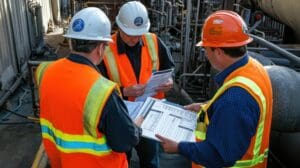
Regular Maintenance Procedures
Regular checks are vital for crane safety. Important steps include:
- Wear and tear assessments
- Load testing
- Functional checks
These steps, part of a detailed crane maintenance checklist, lower the chance of equipment failure. They make things safer overall.
Operator Roles and Responsibilities
Crane operators are key to keeping overhead cranes safe. Their tasks are:
- Getting proper training
- Regular skill checks
- Encouraging safety on the job site
Well-trained and alert operators are key to following crane safety rules. They help keep the workplace safe.
The Role of Certified Crane Inspectors
Certified crane inspectors are key to keeping cranes safe and efficient. They have the training and certifications needed to spot and fix dangers in cranes. This makes them crucial for crane safety.
Finding Qualified Inspection Companies
When looking for crane inspection companies, focus on those with a solid history and safety certifications. Make sure they have certified inspectors on their team. This shows they know their stuff and follow safety rules. The American Society of Mechanical Engineers (ASME) and the National Commission for the Certification of Crane Operators (NCCCO) are great places to find qualified inspectors.
Benefits of Using Certified Inspectors
Using a certified crane inspector has many benefits. They know all about safety rules, so inspections are done right. This lowers the chance of accidents and legal issues. They also give tips on keeping equipment in good shape, which can make it last longer. Plus, working with certified inspectors can make your company look good for safety and reliability.
Cranes Maintenance Checklist
Keeping your cranes in good shape is key for safety and efficiency. Here’s a checklist to help you:
- Do daily checks for wear and tear.
- Make sure all safety certifications and papers are current.
- Lubricate moving parts to reduce wear.
- Check cables and load-bearing parts for damage.
- Test control systems to make sure they work well.
- Keep records of what you find and what fixes you make.
Following this checklist keeps your cranes running well. It protects your operations and your workers.
Conclusion
As we conclude our guide on crane safety inspections, it’s clear how important these steps are. Regular inspections, following OSHA standards, and a detailed maintenance checklist are key. They keep cranes safe and working well.
Certified crane inspectors are experts who make sure every check is complete and meets the rules. They lower risks, cut downtime, and make the workplace safer with strict inspection methods. Keeping up with maintenance and training operators also helps keep the workplace safe.
To make your worksite safer, take action now. Call us at (919) 326-3742 to book a crane safety check with certified pros. Making sure your equipment is top-notch and meets all rules is a must. It’s not just the law, but it’s also the right thing to do.
